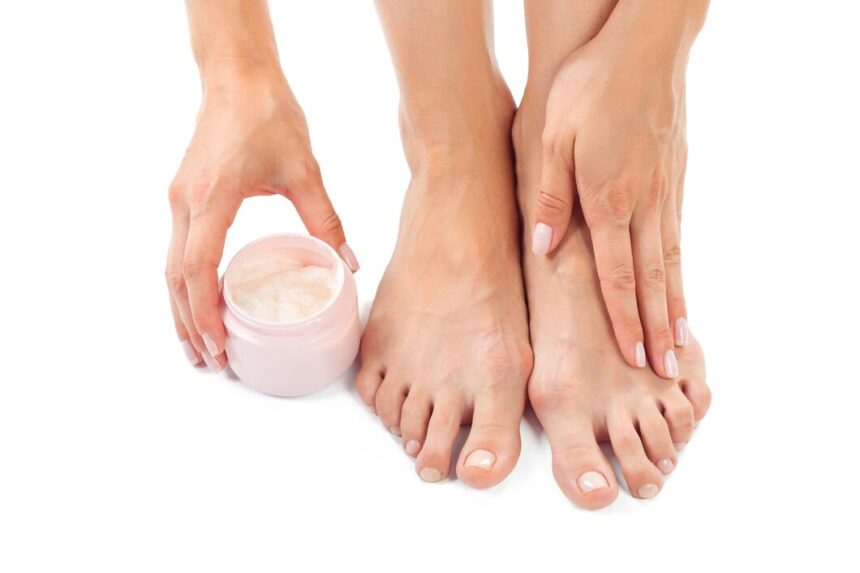Hammertoe is a common foot deformity where one or more of the toes bend downward at the middle joint, resembling a hammer. This condition can cause discomfort and interfere with daily activities. Understanding its symptoms, causes, and treatment options can help manage and alleviate its impact.
Symptoms of Hammertoe
The symptoms of hammertoe can vary based on the severity of the condition. Common signs include:
- Toe Deformity: The affected toe(s) may appear bent downward at the middle joint, giving it a hammer-like appearance.
- Pain and Discomfort: There may be pain or discomfort in the toe, especially when wearing shoes or walking. The area around the bent joint can become sore.
- Corn and Calluses: Repeated friction from shoes can lead to the development of corns (thickened skin) or calluses on the top of the toe or the ball of the foot.
- Limited Mobility: The affected toe might have reduced flexibility and range of motion, making it difficult to move it into a normal position.
- Swelling and Redness: Inflammation and redness can occur around the affected joint due to irritation or pressure.
Causes of Hammertoe
Several factors can contribute to the development of hammertoe:
- Genetics: A family history of foot deformities can increase the likelihood of developing hammertoe. Inherited structural abnormalities in the foot can predispose individuals to this condition.
- Improper Footwear: Wearing tight or ill-fitting shoes, particularly those with high heels or narrow toe boxes, can put excessive pressure on the toes, leading to deformities over time.
- Muscle Imbalance: An imbalance in the muscles, tendons, and ligaments that control toe movement can cause the toe to bend abnormally. This imbalance can result from conditions like arthritis or neuromuscular disorders.
- Trauma: Injury or trauma to the toe can lead to the development of hammertoe by affecting the joint’s alignment.
- Foot Structure: Conditions such as flat feet or high arches can alter the distribution of pressure on the toes, contributing to the development of hammertoe.
Treatments for Hammertoe
Treatment for hammertoe depends on the severity of the condition and its impact on daily life. Options include:
Conservative Measures:
- Footwear Adjustments: Switching to shoes with a wide toe box and proper arch support can reduce pressure on the affected toes and alleviate discomfort.
- Padding and Orthotics: Using toe pads or orthotic devices can help cushion the toe and relieve pressure points.
- Exercises: Performing toe stretches and strengthening exercises can improve flexibility and muscle balance, potentially reducing symptoms.
Medications:
- Pain Relief: Over-the-counter pain relievers like ibuprofen or acetaminophen can help manage pain and inflammation associated with hammertoe.
Medical Interventions:
- Splinting: In some cases, using a splint to keep the toe in a more natural position can be beneficial, especially if the condition is caught early.
- Surgical Options: For severe cases that do not respond to conservative treatments, surgery may be necessary. Procedures can include realigning the toe joint, removing excess bone, or fusing the joint to correct the deformity.
Prevention
Preventing hammertoe involves adopting practices that minimize risk factors:
- Wear Proper Footwear: Choose shoes that fit well and provide ample room for the toes. Avoid high heels and shoes with narrow toe boxes.
- Maintain Healthy Feet: Practice good foot hygiene and address any foot abnormalities or discomfort promptly.
- Exercise Regularly: Engage in foot exercises to strengthen and maintain flexibility in the toes and feet.
If you experience symptoms of hammertoe or have concerns about foot health, consulting with a podiatrist or orthopedic specialist can provide guidance on appropriate treatment options and preventive measures. Early intervention can often improve outcomes and prevent further complications.










